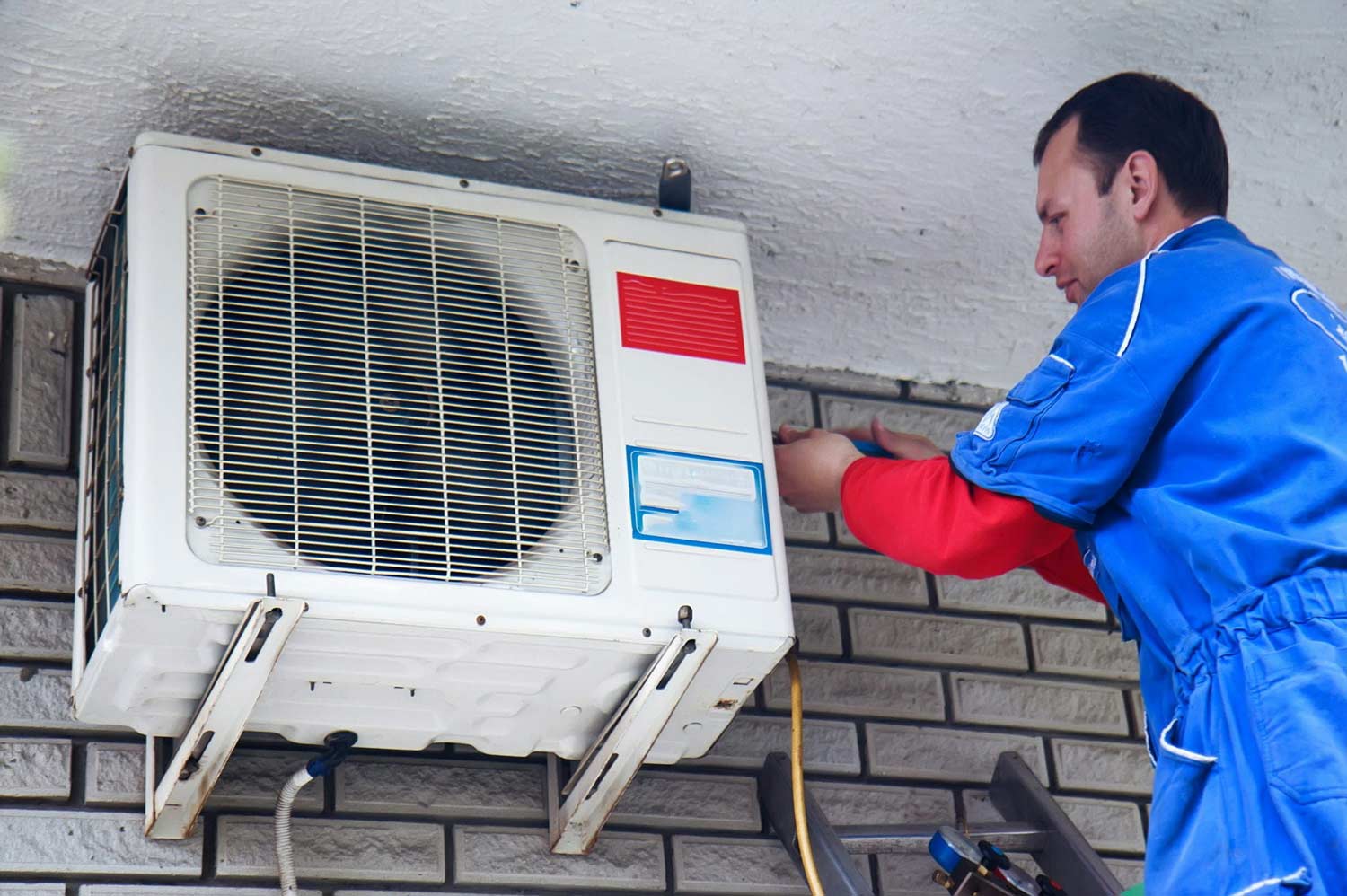On one of the hottest days of summer, when you went to turn on your air conditioner only to find that it had frozen over completely – this can be more than a simple inconvenience; it could become a real danger!
Although AC repairs in Berthoud, CO, like frozen AC components, generally require professional assistance, there are a few simple solutions you can try by yourself.
Below are our top solutions for frozen air conditioners:
1. Turn Off the Unit
Have you ever been in the middle of summer when your air conditioning fails to provide cool relief for the house? After fiddling with the thermostat but no difference being made, and after going outside to check it out and finding that it’s covered in ice – what are your options for repair?
Before contacting a professional service, try doing these three things first:
First, turn off your unit. Doing this stops it from working and protects against water damage caused by its unthaw. Next, activate either a blower or fan, depending on what kind of thermostat you have to circulate air and dry out coils while waiting for ice melt to occur – this process may take as much as 24 hours until all ice has completely dissipated – don’t panic, you’ll soon be cool again!
2. Unplug It
Frozen air conditioners can be frustrating and could lead to serious property damage if left unattended. The first step should be finding your breaker box and shutting it off completely; next, unplug your unit so the ice can melt without further damaging essential components of your AC system.
3. Clean the Coils
Ice-encased coils, panels or components in an AC unit indicate that its refrigerant temperature has dropped below 32 degrees – this must be addressed quickly to prevent further damage to components such as coils. Take steps immediately – here are a few ideas to try:
Turn off and switch the fan mode on your air conditioning system in order to allow warm air circulation and defrost your evaporator coil and refrigerant line.
While waiting for the ice to melt, it is also essential that your air vents are free from furniture, curtains, and toys obstructing proper airflow. Furthermore, dirty filters may clog and inhibit proper ventilation.
Be sure to clean the evaporator coils using a soft brush or cloth, as a dirty coil can reduce heat transfer, leading to frigid temperatures in the system and, eventually, freezing up. An experienced technician should ideally conduct this cleaning twice annually, but a simple DIY solution exists with all the necessary tools at your fingertips.
4. Dry the Coils
Air conditioner coils and panels may have become covered with ice after their refrigerant temperature dropped below 32 degrees, taking up to 24 hours for their defrost cycle to take effect.
While you wait, it would be wise to open all supply vents around your house (even those not currently used), as this will allow warm air to circulate more rapidly over frozen coils and help speed their thawing process more rapidly. Furthermore, it will prevent dirt accumulation on them, which could refreeze them again later.
Once ice on coils begins to melt, water will collect in a condensate drain pan before entering a white PVC pipe known as a condensation drain line and flowing outside. As part of this process, dirt may collect in this white PVC pipe and form a clog that needs to be cleared as soon as you notice its existence.

